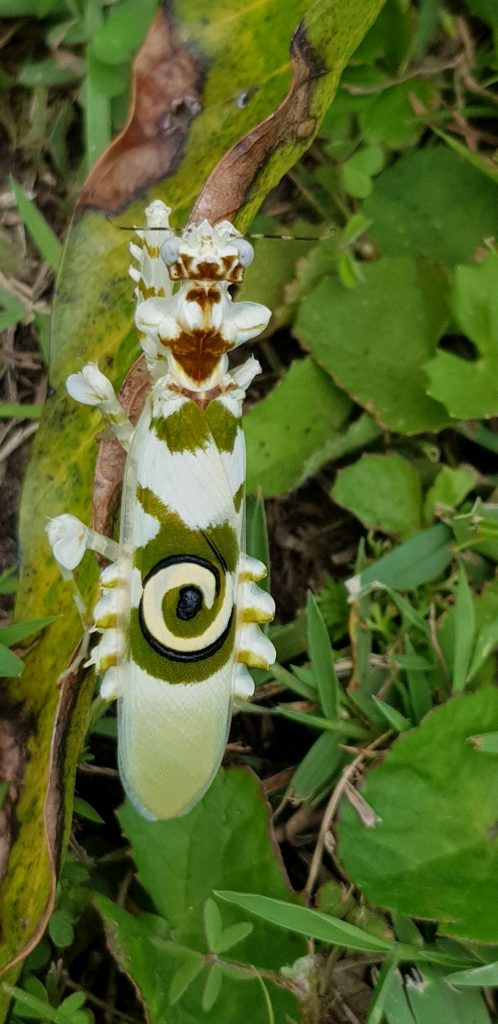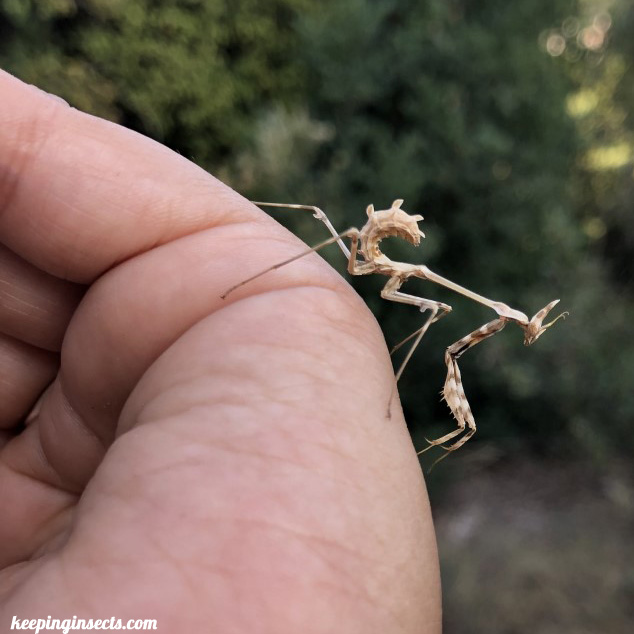After some silence on my part, it was time to get back into the hobby of raising insects. I started with a beautiful ghost mantis female and obtained a male for her pretty quickly thereafter. We are going to make pictures of both of them and breed them. The life stages after that will all be photographed and published here on the blog. Here is already a small start:


















